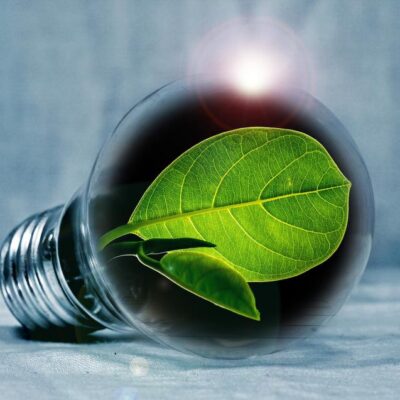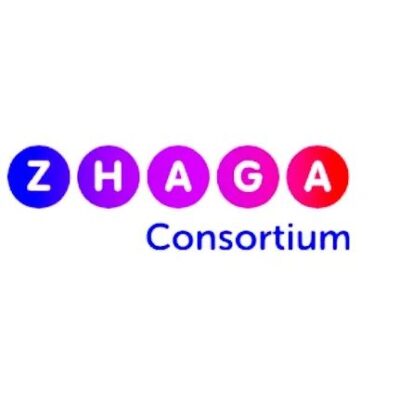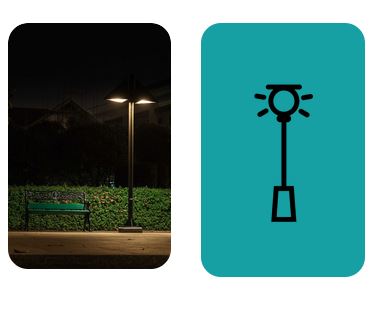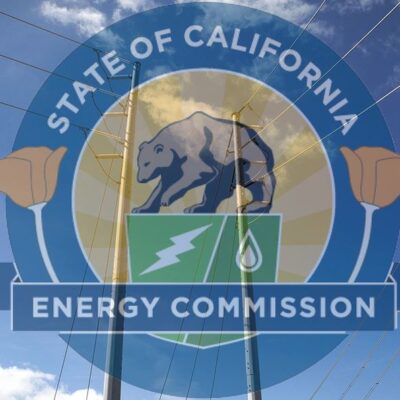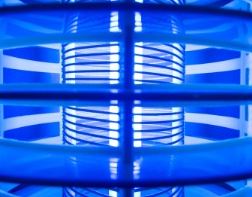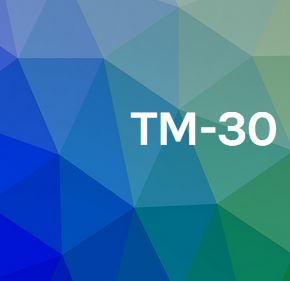The Design Lights Consortium (DLC) released LUNA Versions 1.0 Technical Requirements for outdoor LED luminaires. The requirements limit sky glow, light trespass and mitigate light pollution. LUNA products will appear as a subset of luminaires listed on the SSL Qualified Products List (QPL) and will be eligible for efficiency rebates and incentives designed for SSL [...]
Codes + Standards
NEMA Publishes The First LED Driver Robustness Test Methods Standard
NEMA announced it has published American National Standard for Lighting Equipment—LED Drivers Robustness (ANSI C82.15-2021)
Codes + Standards, Craig’s Lighting Articles
ELECTRICAL CONTRACTOR: Outcome-Based Energy Codes
My lighting column for the November 2021 issue of ELECTRICAL CONTRACTOR tackles outcome-based energy codes.
Whitepaper: How Zhaga Addresses Sustainability and the Circular Economy
The Zhaga Consortium has published a whitepaper, “How Zhaga addresses Sustainability and the Circular Economy.” The publication points out that durable, repairable, and upgradeable LED luminaires are key elements to sustainable lighting.
DesignLights Consortium Releases Draft 2 of LUNA Technical Requirements
The DesignLights Consortium (DLC) has released for comment the second draft of technical requirements for outdoor LED luminaires that not only save energy and meet the DLC’s Solid-State Lighting (SSL) Technical Requirements, but also include attributes that limit light pollution, sky glow and light trespass. Comments are due October 22.
California Energy Commission Adopts 2022 Building Energy Efficiency Standards
The California Energy Commission (CEC) has adopted the 2022 Building Energy Efficiency Standards (Energy Code) for newly constructed and renovated buildings. If approved by the California Building Standards Commission in December, it will go into effect on January 1, 2023, providing a year to gear up for the changes.
TALQ Protocol Goes Public
After nine years developing its software protocol to enable interoperability of smart street lighting systems and other smart city applications from multiple vendors, the TALQ Consortium announced it is sharing with the smart city community the detail of the TALQ OpenAPI Specification in the public domain.
UL Updates UL 8802, Outline of Investigation for Germicidal Systems
The third edition of UL 8802, Outline of Investigation for Germicidal Systems, introduces a new Part IV to the Standard. This section addresses retrofit kits that facilitate replacement of the light source of a General Lighting Service luminaire with a UV LED emitter assembly. For this product type, risk of UV overexposure is mitigated by the exclusive use of UV LED sources that are classified as “risk group exempt” in accordance with criteria in IEC 62471.
DesignLights Consortium Releases Update to Technical Requirements for Horticultural Lighting
The DesignLights Consortium (DLC) recently released the final version of its updated Technical Requirements for Horticultural Lighting (Version 2.1). Scheduled to take effect September 1, the new policy establishes Qualified Products List (QPL) eligibility for three additional product types, and reflects changes made in response to stakeholder comments received this spring.
PNNL Publishes Q&A Tutorial on TM-30
The consensus method ANSI/IES TM-30 has been used increasingly since its introduction in 2015, offering superior accuracy and expanded scope of included information compared to predecessor tools for assessing color rendition. A new tutorial article authored by Pacific Northwest National Laboratory and published in LEUKOS consolidates a range of updated information to assist with best practices.
